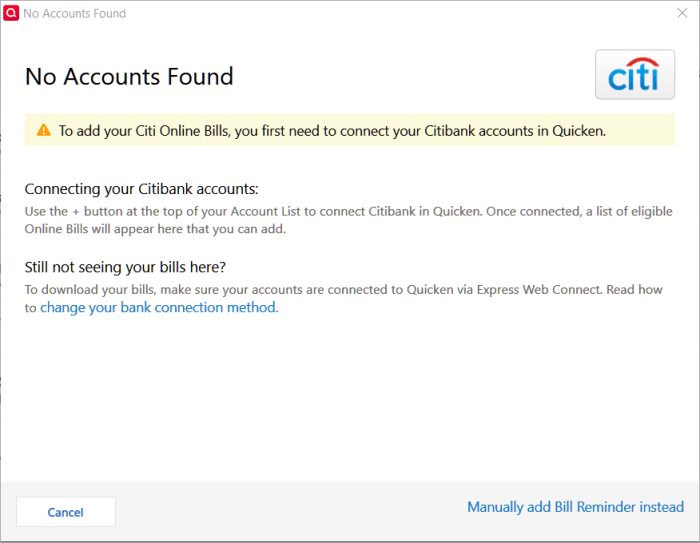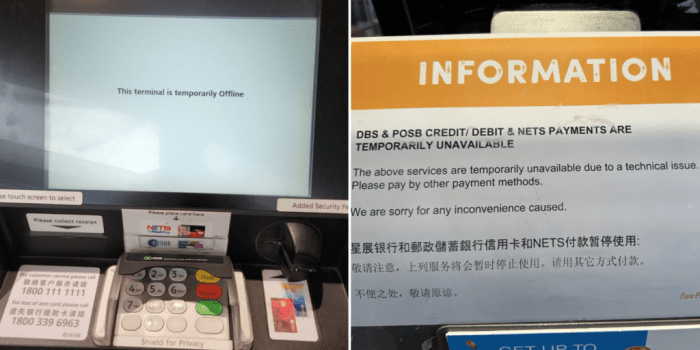Cit Bank website down? Oh, the humanity! Picture this: millions of frantic fingers hovering over keyboards, refreshing incessantly, their dreams of online banking dashed against the rocks of a website outage. From the panicked personal banker trying to pay bills to the business owner staring at a frozen balance, the impact rippled across the digital landscape like a particularly aggressive game of digital dominoes.
Social media exploded with a symphony of complaints, memes, and the occasional desperate plea for help, all set to the soundtrack of dial-up modem noises (because, nostalgia?).
This wasn’t just a minor hiccup; this was a full-blown website meltdown, showcasing the vulnerabilities of even the most robust financial institutions. We’ll dive into the technical glitches, the communication chaos (or lack thereof!), and the hilarious – yet ultimately terrifying – consequences of a world without instant access to our digital money. Buckle up, buttercup, it’s going to be a wild ride.
Cit Bank Website Down: A Hilariously Horrific Tale
Oh, the humanity! When Cit Bank’s website went down, it wasn’t just a minor inconvenience; it was a digital Dunkirk. Millions of users were stranded, their digital wallets mysteriously empty (or at least, inaccessible). Let’s delve into the chaos, shall we? Prepare for a rollercoaster of technical jargon, user frustration, and surprisingly witty social media commentary.
User Experiences During the Outage
The outage wasn’t just a single tear in the digital fabric; it was a gaping chasm. Imagine the collective gasp as millions tried to access their accounts, only to be greeted by the dreaded “Error 500” or, even worse, a blank screen of existential dread. Personal banking users were left fretting over pending bills, while business banking customers faced the horrifying prospect of delayed transactions – imagine the panicked emails flying around!
Social media exploded with a symphony of frustrated tweets and memes. One user famously tweeted, “My Cit Bank app is more reliable than my dating life,” while another declared, “I’m considering a career change – to become a human ATM.” The comments sections were even more entertaining. Picture this: a digital battleground where users traded tales of woe and offered creative solutions (some less creative than others).
| User Type | Task Attempted | Severity of Impact | User Feedback Example |
|---|---|---|---|
| Personal Banking | Bill Payment | High | “Late fees incoming! Thanks, Cit Bank!” |
| Business Banking | Payroll Transfer | Critical | “My employees are about to revolt! This is a disaster!” |
| Personal Banking | Balance Check | Medium | “Is my money even still there? Someone please tell me!” |
| Business Banking | Wire Transfer | Critical | “International deal delayed! Thanks for nothing, Cit Bank!” |
Technical Aspects of the Outage
What could possibly cause such widespread digital devastation? Several suspects are usually at play. A rogue server (a bad egg in the digital henhouse), a network connectivity hiccup (think of it as a massive traffic jam in the internet’s arteries), or even a cleverly crafted cyberattack (a digital ninja strike). The server infrastructure, the backbone of the entire operation, can be vulnerable to all kinds of things.
Frustratingly, the CIT Bank website is currently experiencing outages, leaving many customers unable to access their accounts. If you need immediate assistance and can’t access the online portal, consider finding your nearest branch by using this helpful resource: cit bank cerca de mi. This might provide a temporary workaround while you wait for the website to become fully operational again.
Hopefully, service will be restored quickly.
A single point of failure can bring the whole system crashing down. Think of it as a house of cards; one wrong move, and the whole thing collapses.
Disaster recovery planning is crucial. It’s like having a backup plan for your backup plan. Without it, a simple outage can become a full-blown catastrophe. It’s all about redundancy, fail-safes, and a well-rehearsed emergency response team.
Communication Strategies During the Outage

Source: v-cdn.net
Transparency is key during a website outage. Think of it as damage control. Other banks, when faced with similar situations, have often used multiple communication channels, like Twitter, email, and even SMS updates. They kept customers informed about the issue, the estimated resolution time, and alternative ways to access services. This is a crucial element in minimizing customer frustration.
A proactive communication strategy is far superior to a reactive one. A well-defined communication plan, complete with pre-written messages, contact lists, and escalation procedures, allows for a swift and coordinated response. Think of it as a well-oiled machine – efficient and effective.
Impact on Cit Bank’s Reputation

Source: mustsharenews.com
Website outages can severely damage a bank’s reputation. Customers lose trust, brand loyalty takes a hit, and the potential for financial losses is significant. Negative publicity can spread like wildfire, damaging the bank’s image and affecting its bottom line. Think of it as a reputational black eye.
To rebuild trust, Cit Bank needs a multi-pronged approach. This could involve public apologies, compensatory measures for affected customers, and a clear demonstration of improved infrastructure and security measures. It’s a marathon, not a sprint.
Security Implications of Outages
Website outages create security vulnerabilities. When a system is down, it’s often more susceptible to cyberattacks. A prolonged outage could potentially expose sensitive customer data, leading to a serious breach. Think of it as a digital dam with a hole in it.
- Implement robust multi-factor authentication.
- Strengthen encryption protocols.
- Conduct regular security audits and penetration testing.
- Invest in advanced threat detection and response systems.
- Develop a comprehensive incident response plan.
Visual Representation of the Outage Impact, Cit bank website down
Imagine a graph charting the website’s availability over time. The outage would be a sharp drop, with the recovery effort represented by a gradual climb back to normal. Peak outage times would be clearly visible, showcasing the periods of maximum disruption. This graph would provide a clear visual representation of the outage’s duration and impact.
A heatmap showing the geographical distribution of affected users would also be insightful. This would illustrate where the outage had the most significant impact, highlighting areas with the highest concentration of affected customers. This map would provide a geographic perspective on the reach and intensity of the outage.
Last Recap

Source: nayag.com
So, there you have it: the Cit Bank website outage – a cautionary tale (with comedic relief) about the importance of robust infrastructure, transparent communication, and maybe a few extra backup servers. While the initial chaos might have been enough to make even the most seasoned banker reach for a stiff drink, the lessons learned (and the memes generated) will hopefully prevent a similar digital apocalypse from happening again.
Or at least, until the next unexpected system failure. Because, let’s face it, Murphy’s Law always wins in the end.